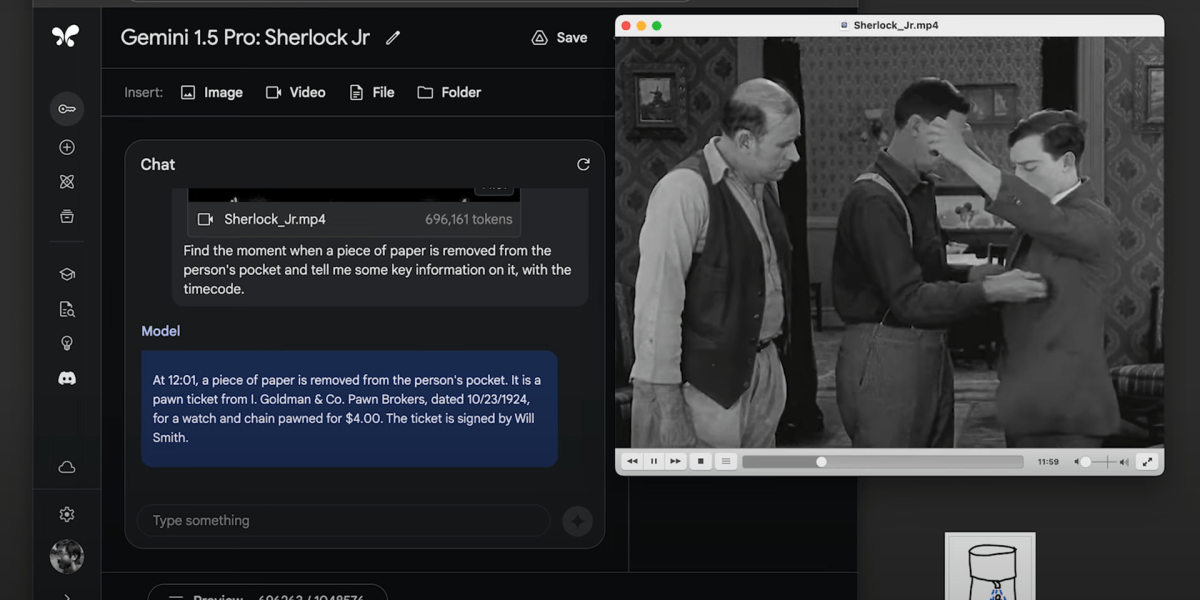Google’s new version of Gemini can handle far bigger amounts of data

“In one way it operates much like our brain does, where not the whole brain activates all the time,” says Oriol Vinyals, a deep learning team lead at DeepMind. This compartmentalizing saves the AI computing power and can generate responses faster.
“That kind of fluidity going back and forth across different modalities, and using that to search and understand, is very impressive,” says Oren Etzioni, former technical director of the Allen Institute for Artificial Intelligence, who was not involved in the work. “This is stuff I have not seen before.”
An AI that can operate across modalities would more closely resemble the way that human beings behave. “People are naturally multimodal,” Etzioni says; we can effortlessly switch between speaking, writing, and drawing images or charts to convey ideas.
Etzioni cautioned against taking too much meaning from the developments, however. “There’s a famous line,” he says. “Never trust an AI demo.”
For one thing, it’s not clear how much the demonstration videos left out or cherry-picked from various tasks (Google indeed received criticism for its early Gemini launch for not disclosing that the video was sped up). It’s also possible the model would not be able to replicate some of the demonstrations if the input wording were slightly tweaked. AI models in general, says Etzioni, are brittle.
Today’s release of Gemini 1.5 Pro is limited to developers and enterprise customers. Google did not specify when it will be available for wider release.





